JOSEI MUKE MEDIA: BL vs Otome
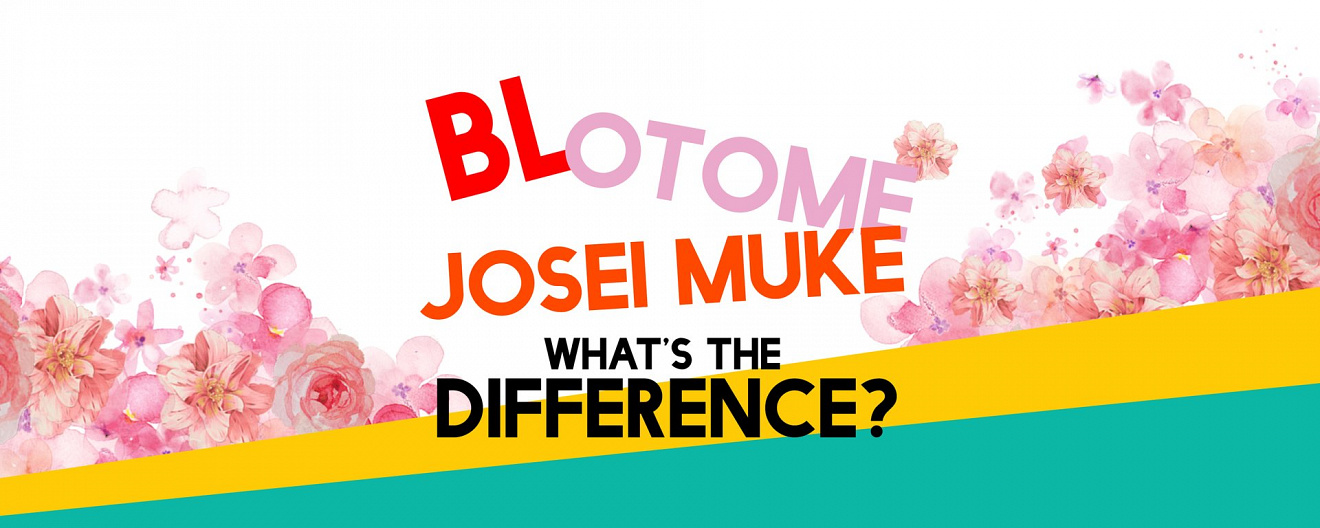
Not every series with many hot men is boys’ love (BL) or an otome series. When you find your female friend screaming about a series full of men, don’t assume she likes BL or otome games (otoge).
The real question is...
Does any series that involves many ikemen (handsome men) necessarily have to be BL or otoge?
The answer is NO!
Let me introduce you to the term, “josei muke” 女性向け!
Josei muke
Josei muke literally translates to “aimed at women”. Think of it as an umbrella of genres:
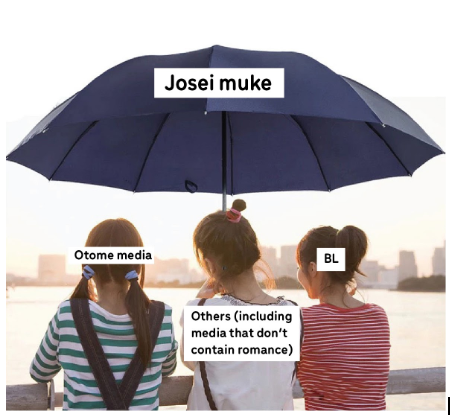
It is a term that includes anything relevant to womens’ interests but not limited to otome games, BL series, and shoujo series. As the term suggests, a vast majority of the target audience are ladies. Of course, gentlemen are also welcomed to enjoy josei muke media. It’s all about personal preference!
Do note that there are many series aimed at ladies that involve many boys with ABSOLUTELY NO ROMANCE. Just a bunch of guys chilling in a hot tub 5 feet apart- alright I’ll stop. Such series include games like A3!, Touken Ranbu -ONLINE-, Ensemble Stars!!, On Air! and many more.
If you want to get a taste of what they are like, you can start by watching A3! on MUSE Asia YouTube for FREE!
Therefore, the next time you see your female friend fangirling about a series involving a majority of guys, don’t assume she likes BL or otome games.
SO, what is an otome game then?
Otome games
The term, “otome game” is used to describe a series of story-based games that are specifically targeted towards females. Otome translates to maiden, so ‘otome games’ are literally ‘maiden games’. It’s often shortened to otoge among fans of the genre.
The objective of an otome game is to foster relationships with the in-game characters, such that as the story progresses, a romantic relationship with a love interest can be established. It is pretty much like a dating sim! In an otome game, the player character is usually the only girl, while the rest of the crew are ikemen (handsome men) for the player character to select as her potential love interest. In other words, it’s a reverse harem.
Examples of an otome game include Hakuouki, Collar x Malice, Code: Realize, Mystic Messenger and so on.
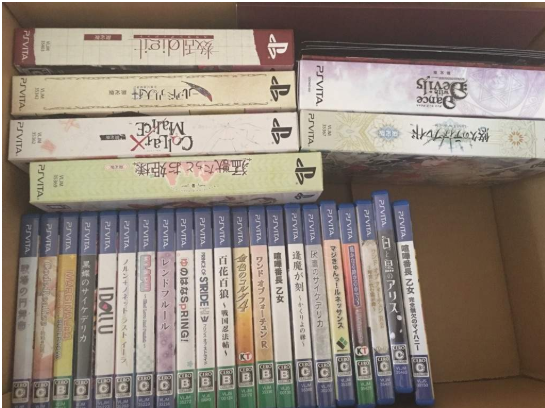
So what about BL?
BL
Boys’ Love. As the words suggest, BL refers to a same-sex relationship between 2 men. However, there is a common misconception that BL = Yaoi = Shounen-ai. This is not the case.
Yaoi
Yaoi is an extremely outdated term that no one in Japan uses. It refers to female-oriented fictional media that focus on homoerotic or homoromantic male androphilic sexual relationships, usually created by female authors for the female audience. Due to its sexual and explicit nature, it is R18. That’s right, smutty...
Do you know how the term yaoi came about? It was created in the late 1970s by Yasuko Sakata and Akiko Hatsu from the words "Yama nashi" (no peak), "ochi nashi" (no fall), and "imi nashi" (no meaning). There are also fans who joked that another alternative acronym to yaoi is "Yamete, oshiri (ga) itai", which translate to "Stop, my ass hurts!" Sasuga fujoshi (As expected of BL fangirls).
Now that you’ve a clearer picture of yaoi, how is it different from shounen-ai?
Shounen-ai
Let’s break down the term “shounen-ai”. Shounen literally means young teenage boys, while ai means love. Therefore shounen-ai means love between men. Unlike yaoi, shounen-ai can be any romantic relationship between 2 men, sexual or not. Although shounen-ai is a genre in the west, it is not a genre in Japan, not until recently. In fact, the term “shounen-ai” is an eisei-wago 英製和語, a Japanese word used by English speakers with a meaning that's not the same meaning it originally had in Japanese.
Examples of shounen-ai are Loveless and Hybrid Child.
So the next time someone says they like shounen-ai, don’t go ahead and think that it’s yaoi!
Basically, both shounen-ai and yaoi are subgenres of BL. Majority in Japan, however, only use the term, “BL”.
Do you like any josei muke series?
Leave a comment below and stay tuned for more articles on Hakken!
-Hibernating Bear






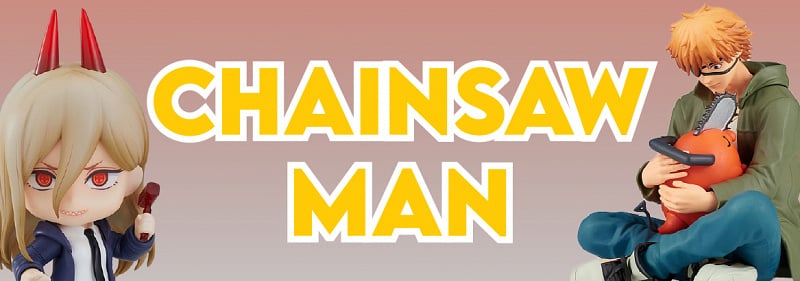
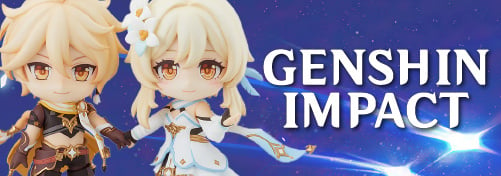
.jpg?v=1)
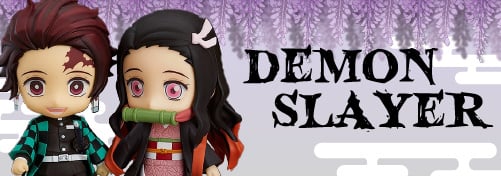

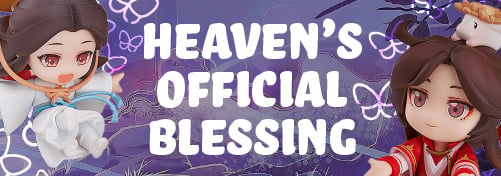

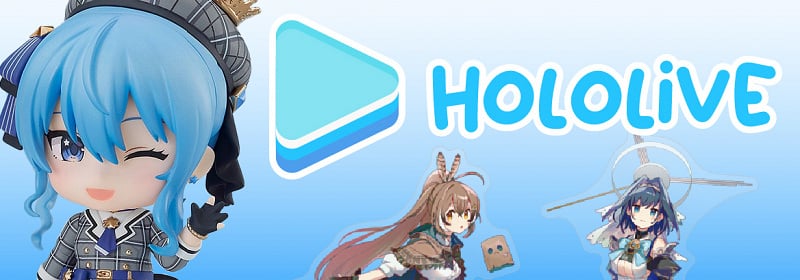
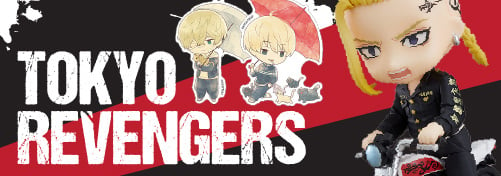


.jpg?v=1)
